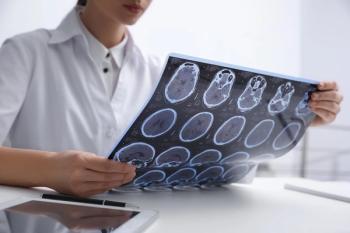
Studies Explore Prevalence of Low-Value Care in Safety Net and By Practice Ownership
A pair of studies published in JAMA Internal Medicine investigated the incidence of low-value care by practice ownership and location and in practices serving safety-net populations, highlighting important opportunities to reduce unnecessary spending.
A pair of studies published in JAMA Internal Medicine investigated the incidence of low-value care by practice ownership and location and in practices serving safety-net populations, highlighting important opportunities to reduce unnecessary spending.
Using guidelines, the researchers compiled lists of 9 low-value services, including prescribing antibiotics for upper respiratory services or inappropriate imaging for low back pain, and 12 high-value services, such as tobacco cessation or appropriate medical treatment for depression. They then calculated 2 composite measures for each visit that represented the rate of low- or high-value care administered out of all opportunities for one of the criteria.
They found that the rates of low-value care did not significantly differ among the safety-net and privately insured patients. The privately insured patients were slightly more likely to receive high-value services than the Medicaid patients, but had slightly lower odds of receiving high-value care services compared with the uninsured patients. There were no differences in the rates of low-value or high-value services delivered by safety-net and non—safety-net physicians.
The researchers concluded that because the “overuse of low-value care is just as common among patients with Medicaid or without insurance as among privately insured patients,” state Medicaid programs and safety-net practices may benefit from efforts to reduce their rates of low-value care while improving the use of more high-value services.
These opportunities for improvement likely exist in other types of practices as well,
The researchers determined that patients visiting hospital-based practices were more likely to receive low-value imaging services and specialty referrals than those at community-based practices. Among the community-based locations, those owned by hospitals were more likely to refer patients to specialists than those owned by physicians. During visits to hospital-based practices, patients were more likely to receive low-value care if they had been seen by a clinician who was not their usual primary care provider.
“Ultimately, these results raise general concerns about the provision of low-value care at hospital-associated primary care practices,” the study authors wrote. “Because almost one-third of health spending is considered potentially wasteful, our findings have important implications for policy makers, healthcare practice leaders, and clinicians, who have an interest in providing the highest-quality care at the lowest per capita cost.”
Newsletter
Stay ahead of policy, cost, and value—subscribe to AJMC for expert insights at the intersection of clinical care and health economics.












































